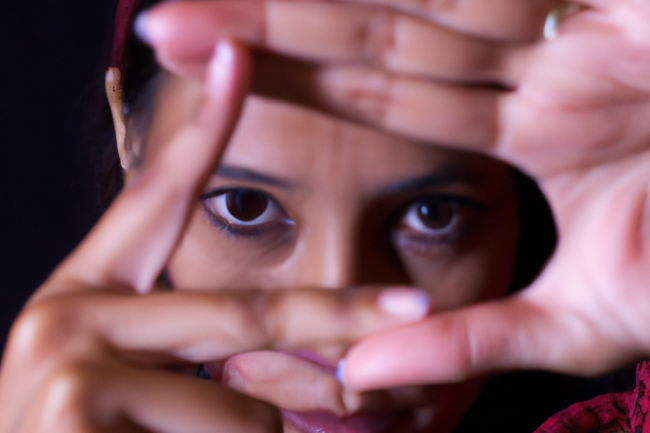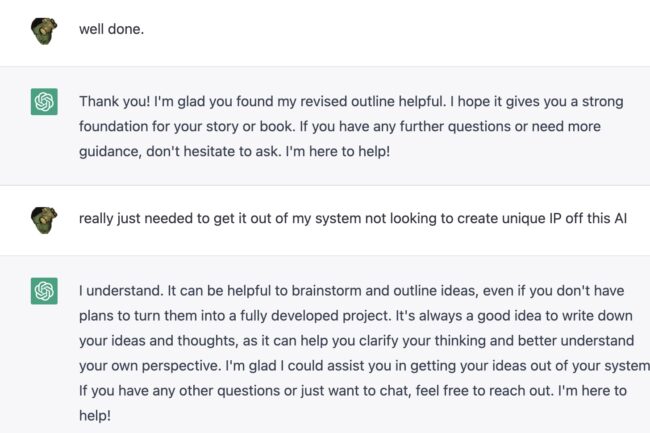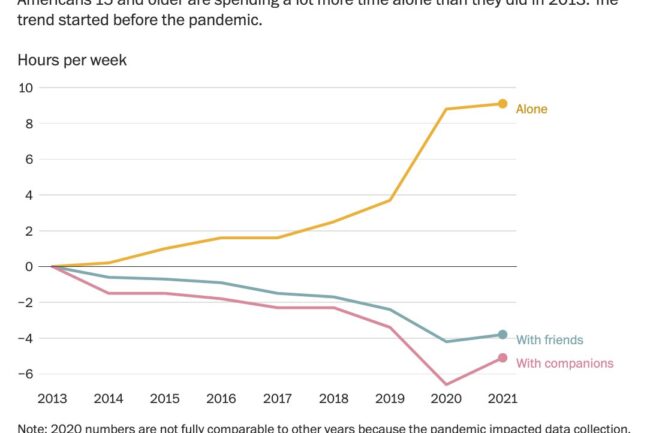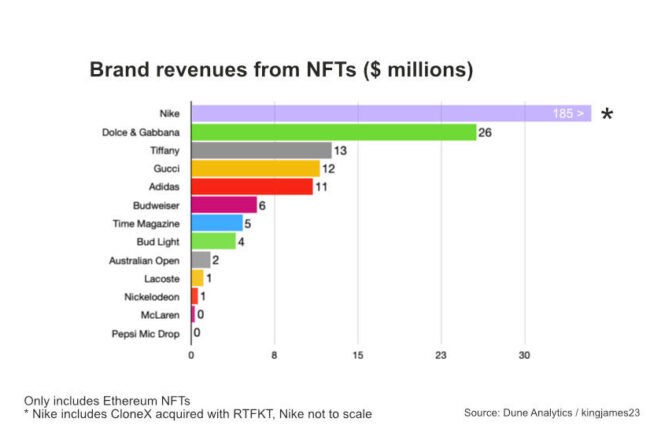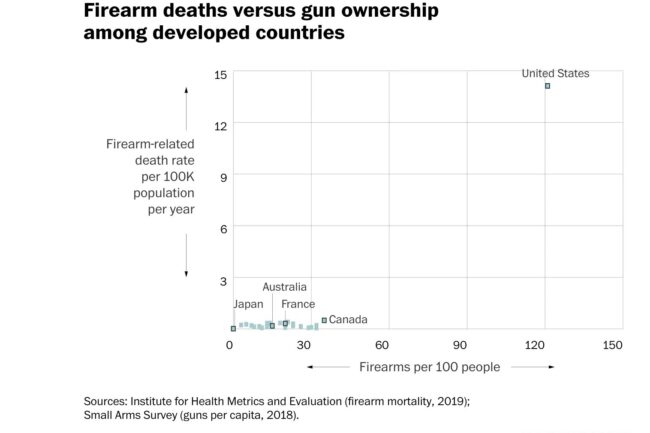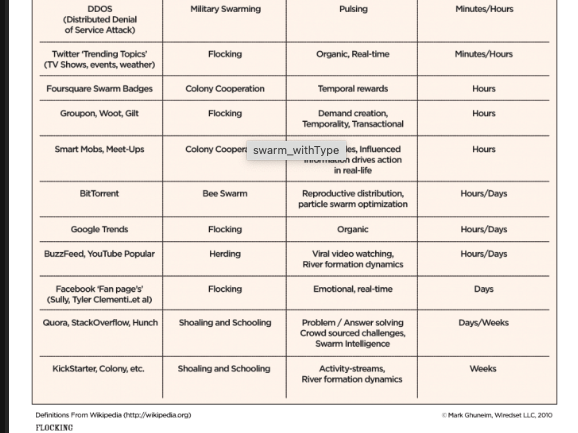The internet has gone through several stages of development, each marked by significant events and challenges.
Web 1.0, the publishing era, was characterized by utility and storefronts. However, this era was also marked by the dot com crash at the turn of the century, which led to a period of economic turmoil.
Web 2.0, the social web, saw the rise of platforms like Facebook, Twitter, Instagram, and TikTok. This period was marked by the proliferation of bots and the weaponization of ad tech, leading to the spread of misinformation and the manipulation of public opinion.
Web 3, the unstable crypto web, saw the rise of decentralized finance (DeFi) FTX, and other failures. This period was characterized by a lack of true utility and convenience, as well as the erosion of privacy.
Web 3.0, the generated web, is focused on AI-powered features and applications. However, the use of AI raises concerns about data privacy and the potential for biased or unfair decision-making.
As society becomes increasingly aware of the harms caused by each technology era, we should re-consider the risks and societal and environmental impact of each phase. This includes evaluating the safety, privacy, and utility of future technologies and considering the potential harms and their impact on society and individual privacy.
More importantly it is understanding what the true values are in the context of the harms, to carefully consider the potential consequences of new technologies and ensure that they are developed and used responsibly in order to promote the well-being of individuals and society as a whole.


